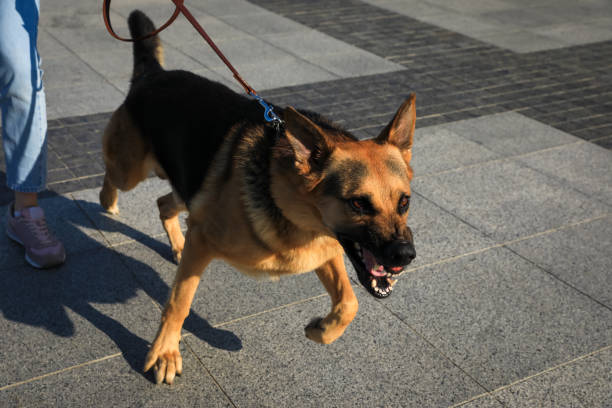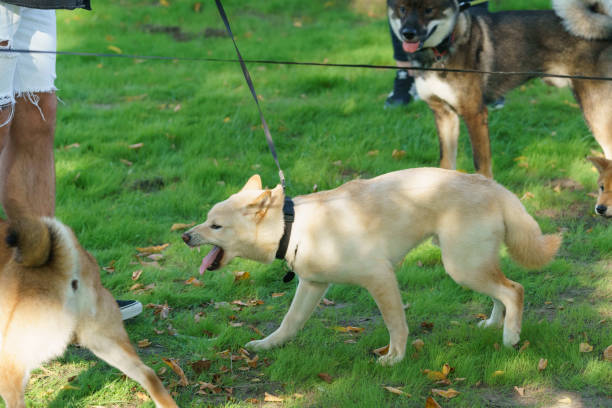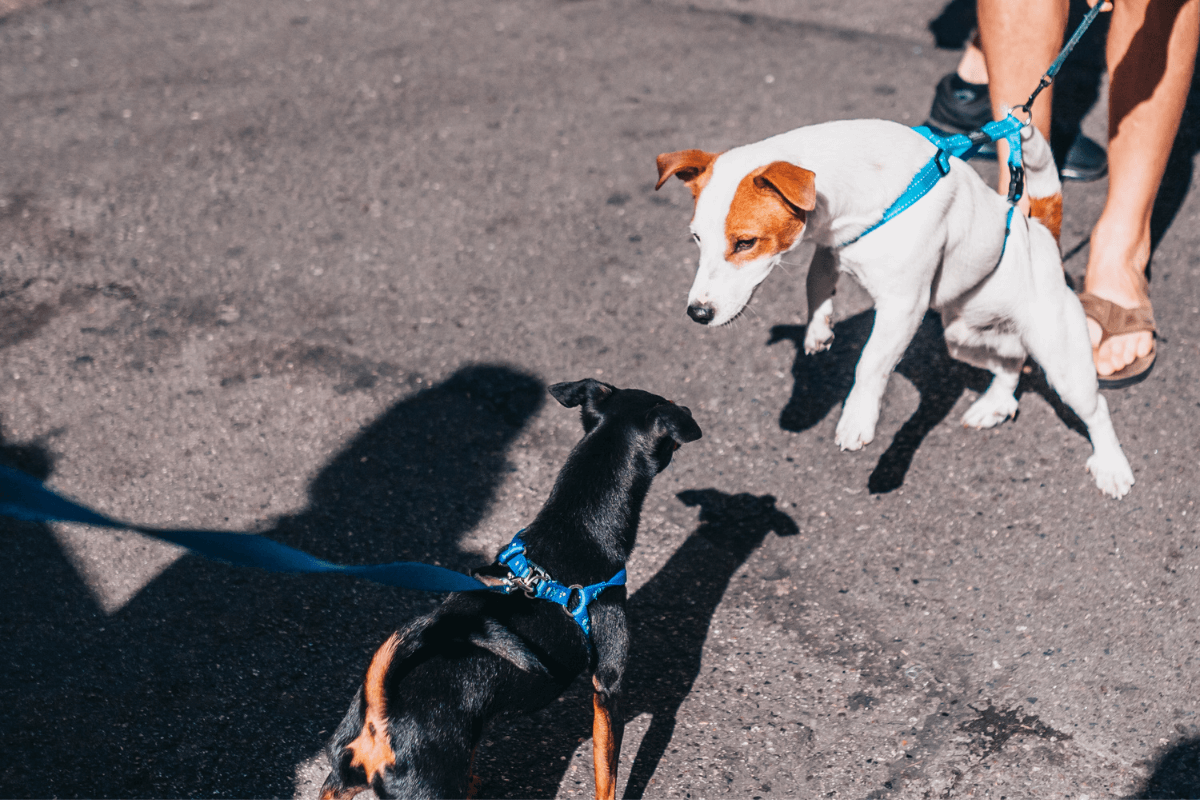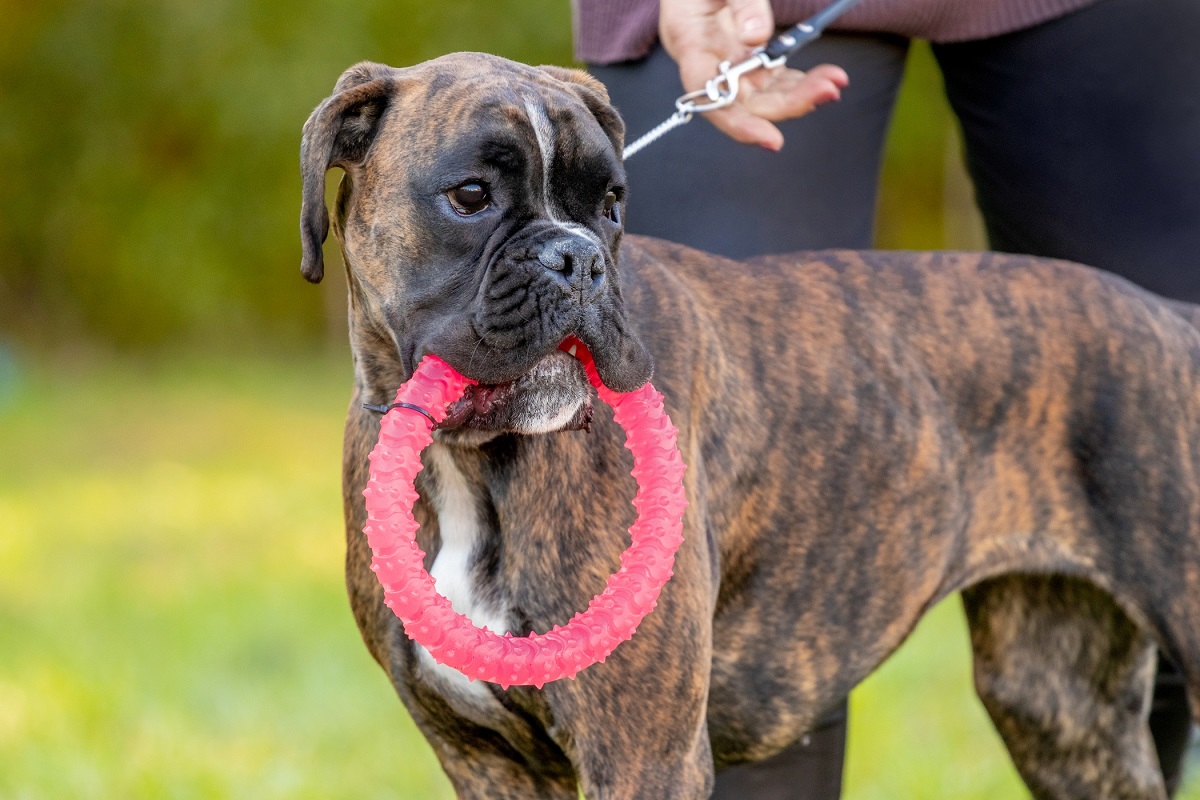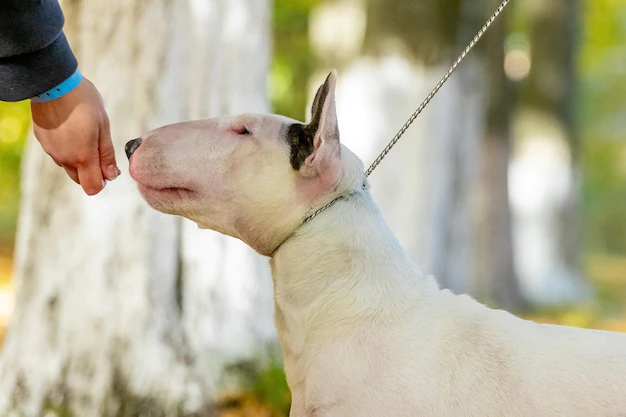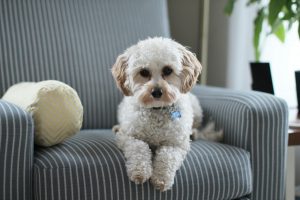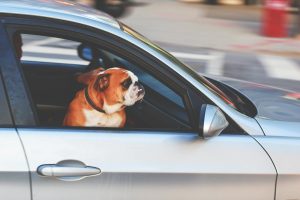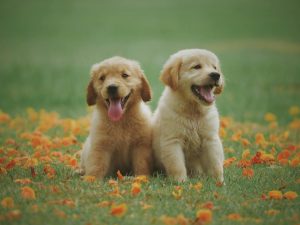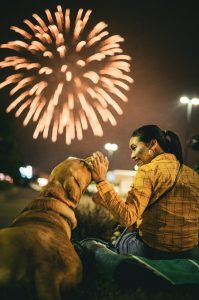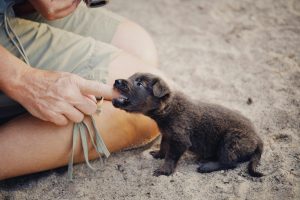Any pet owner can relate to this problem. Your dog is super chill and loves hanging out with you, and some other pet dogs at the park, and is relatively comfortable when left off-leash. But when you put it on a leash, your dog morphs into something else. Leash-aggressive behavior is more than just embarrassing, it might be dangerous as well. How to cope with leash aggression in dogs?
Well, leash reactivity is an undesirable behavior problem in dogs. It can cause problems like barking, lunging, growling, snarling, pulling, jumping, and more.
And it is not always the case for an aggressive dog. Your puppy might be friendly, but the leash triggers something in him.
This unwanted behavior occurs only when your puppy is attached to a leash.
What Is Leash Aggression?
You can call it leash lunging, leash reactivity, and leash aggression. They are all behaviors caused by your dog feeling restrained, frustrated, and uncomfortable in a social situation. And these behaviors occur only when your puppy is on a leash.
In normal circumstances, your unleashed dog would be able to put sufficient distance between himself and the stimulus. But if your dog cannot increase the distance from the fear source, he will react and behave defensively.
And the big challenge is that if your dog’s behavior is reinforced by success, which means the distance has been increased, he will react in the same manner again when faced with that particular stimulus.
The anticipation of a problem often causes human tension, and that is then transmitted down the leash to your canine companion. And it makes lunging worse.
What Causes Dog Leash Aggression?
Many reasons can turn your puppy into a leash-reactive dog. Dog leash aggression is usually caused by the dog not being properly socialized during the critical age between 8 and 14 weeks.
If your dog is not properly socialized during this period, it can cause fear from different triggers, including people and other animals. Remember, leash aggression in dogs is not always directed toward other animals. Sometimes it can be directed at people.
Overly excited dogs also develop leash aggression. Their energy has nowhere to go when they are on a leash all the time.
Can You Prevent It?
Yes, dog leash aggression can be prevented. In fact, it is the best way to deal with leash aggression in dogs. The trick is to start training and socialization early on. But even adult pet dogs can be trained to stop this behavior.
The trick is to get your puppy out into the world and introduce him to different scenarios, people, and animals. Then, have positive interactions with things that might cause fear and aggressive behavior later on.
Have dog training treats with you, and give treats when you have positive interactions with babies, children, other animals, cats, older people, bicycles, and more.
Sometimes, your dog’s reactivity might be caused by an excess of energy. You need to burn the energy of your feisty Fido.
Challenging Behaviors To Watch For
When we talk about dogs’ leash reactivity, we have to talk about some challenging behaviors that can reinforce the problem or begin it.
– When dogs meet other dogs, we often make the mistake of meeting head-on. Remember, in the wild, and in the off-leash world, dogs naturally greet from the side in an arc and sniff their genital area. But when they are on the leash, we often force them to meet head-on and cannot turn their bodies. This forced body language can signal to our dogs that they need to fight each other
– When put on a leash and forced to greet, dogs might feel trapped and unable to get away from each other. You do not need to greet all dogs you meet. Do you greet all people you meet? And do you like each of them? The same applies to your puppy
– Keeping your leash too tight. This signals your dog that you are stressed and makes your puppy stressed, and tells him he needs to react (protect) in accordance. So, keep a loose leash to make sure your dog feels comfortable and friendly
– A dog owner not recognizing rude behavior in his dog. Sometimes, we confuse overly friendly with aggressive behavior. And we let our dogs charge up to another dog, get in their face, or jump on them. It is a rude behavior that is the result of a lack of socialization during the puppy stage.
– Dog owners correcting dogs for a perceived display of aggression and forcing their dog to sit or lie down when another puppy is approaching. This teaches your dog that other dogs cause punishment
Punishment Is Not The Answer
Punishment can make leash pulling only worse. How and why? Well, punishment makes leash lunging behavior worse and your dog more insecure. What happens is your dog begins to associate the punishment with the stimulus it fears.
For example, your dog doesn’t like other dogs. And you punish it for reacting each time he sees another dog. Well, then the dog will associate the visual of another dog with fear and pain of punishment. In your dog’s mind, seeing a dog means unpleasant things, and promotes even more negative associations.
Any dog owner can make the mistake. You unwittingly reinforce the bad behavior by pulling on the leash or chastising your dog.
As much as you might feel tempted, refrain from punishment for leash aggression in dogs. You can solve the leash problem by other methods and means.
How To Manage It?
Now let’s talk about how you can manage this reactive behavior. You want a puppy that constantly displays a good behavior, right?
Well, that is not an easy task to achieve. You need to work a lot with your puppy, even after the critical 8 to 14 weeks period. We have some ideas and games you can play to teach your dog proper manners.
Cookie Dog
This is a simple game you can incorporate into your dog training. How do you play it? Start in a park, sitting in an area where there are dogs passing by. Make sure your dog is hungry, so play it before mealtime.
Carry a decent amount of high-value treats with you. Keep in mind, basic treats might work at home, but outside, with lots of distractions, they lose value. So bring a higher quality of treats.
Wait for a dog to come by, and the minute you see your puppy noticing the other dog, say “cookie” and put a treat in front of his nose. Feed your puppy the treat after the other dog has gone by.
Then, no more reward until another dog passes by. This game teaches your dog that when he sees another dog, he will be rewarded by looking at you, not the other dog.
After your dog masters the game on a bench, start playing it when you are on the move.
The Security Blanket Method
This is quite a useful method for making sure your dog doesn’t show leash aggression during walks. What is it? Well, your dog needs a security blanket that will act as a pacifier.
Dogs find it comforting to carry something in their mouth for part of the walk. For example, carrying a ball, a stick, or some dogs even a stone.
This “security blanket” makes your dog feel safe in the environment and gives him a task to do. All you need is a beloved toy by your puppy.
Desensitizing Your Reactive Dog
Desensitization is another method you can use to train your leash-reactive dog. It is similar to the cookie dog game we mentioned earlier.
Basically, you begin training at a distance your dog is comfortable at. Find your dog’s threshold by having a friend with another dog standing at a distance from your puppy. See at what distance your dog notices the approaching dog and begins showing reactive behavior.
Once you have the threshold established, begin training at a distance your dog is comfortable and can focus on other things. Here, play a game your dog enjoys or feed him his favorite treats.
When your dog doesn’t show signs of stress and plays with you, ask your helper to bring the other dog a little closer. The moment your dog reacts, turn around and walk away from the trigger. Decrease the distance per your dog’s signs and reactions.
Tips For Success
Now that we talked about how you can manage leash aggression in dogs, let’s mention a few more tips that will guarantee success.
- Practice getting your pup’s attention at home. You do not have to start training when you go out. Your household is a perfect place to begin training, there are no distractions
- Do not rush your dog, if your dog begins reacting to a dog, add more distance and repeat your training exercise
- Manage the environment by keeping your dog at a comfortable distance from other dogs. Do not allow others to greet your dog or invade his space until your dog feels comfortable doing it
- Avoid approaching other dogs head-on. You can simply go around them in an arc, and keep your dog’s attention on you. If the other dog begins to lunge or bark, keep your pup’s attention on you and reward more often

